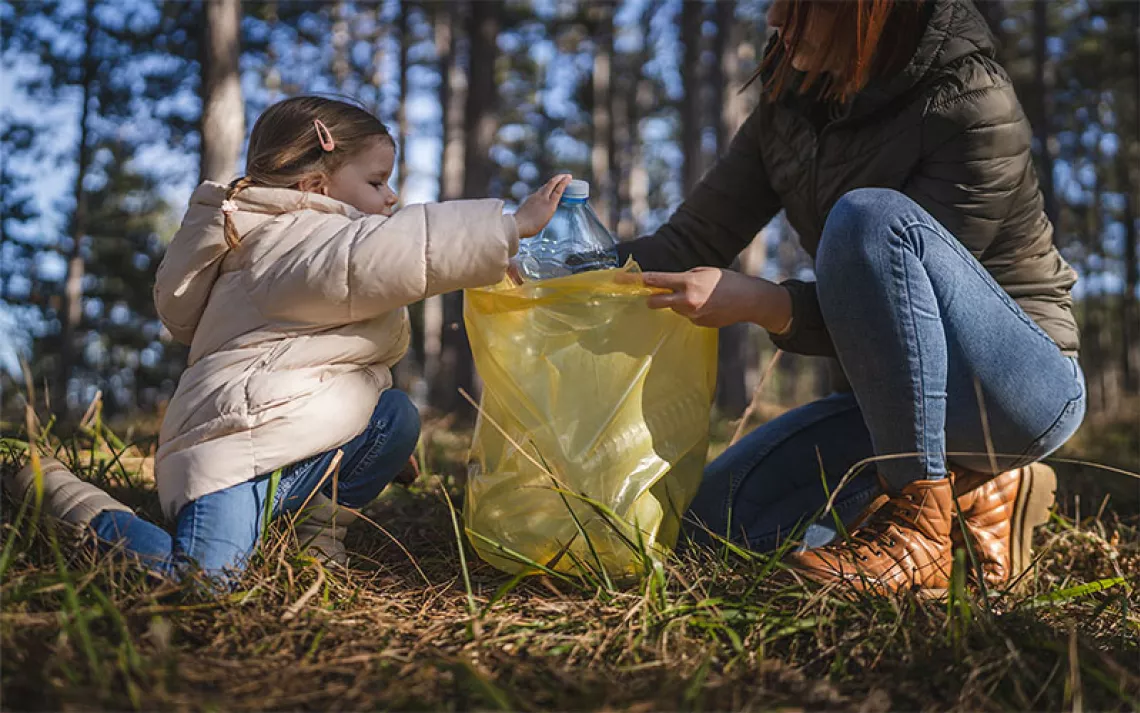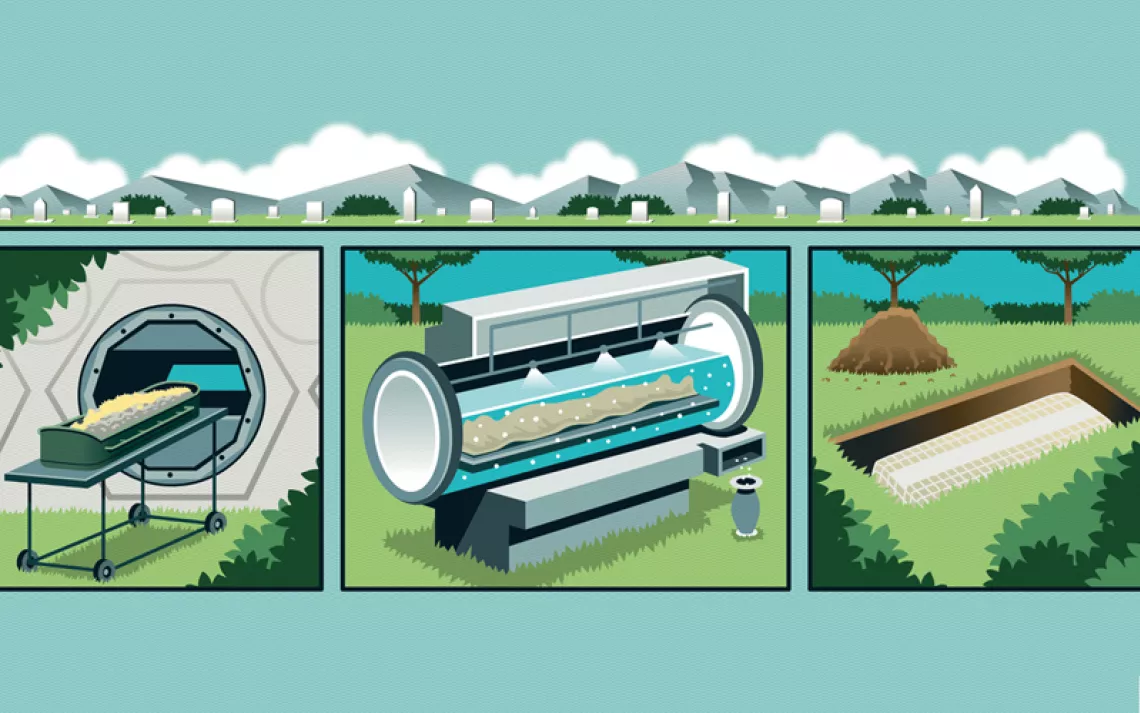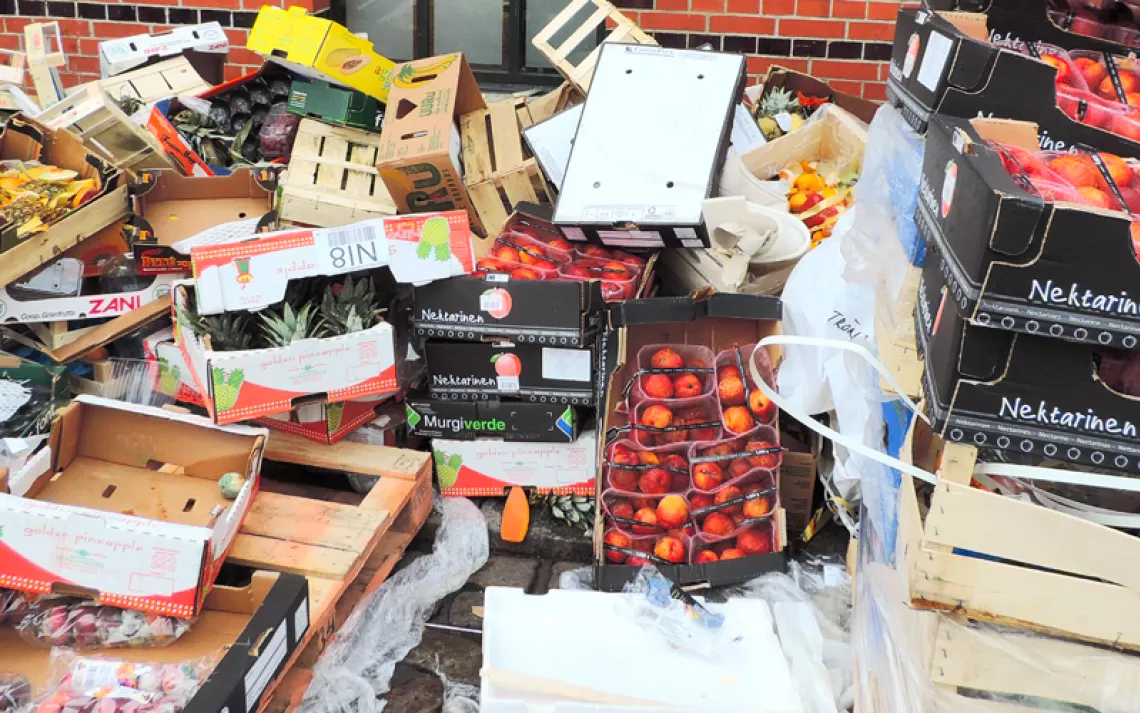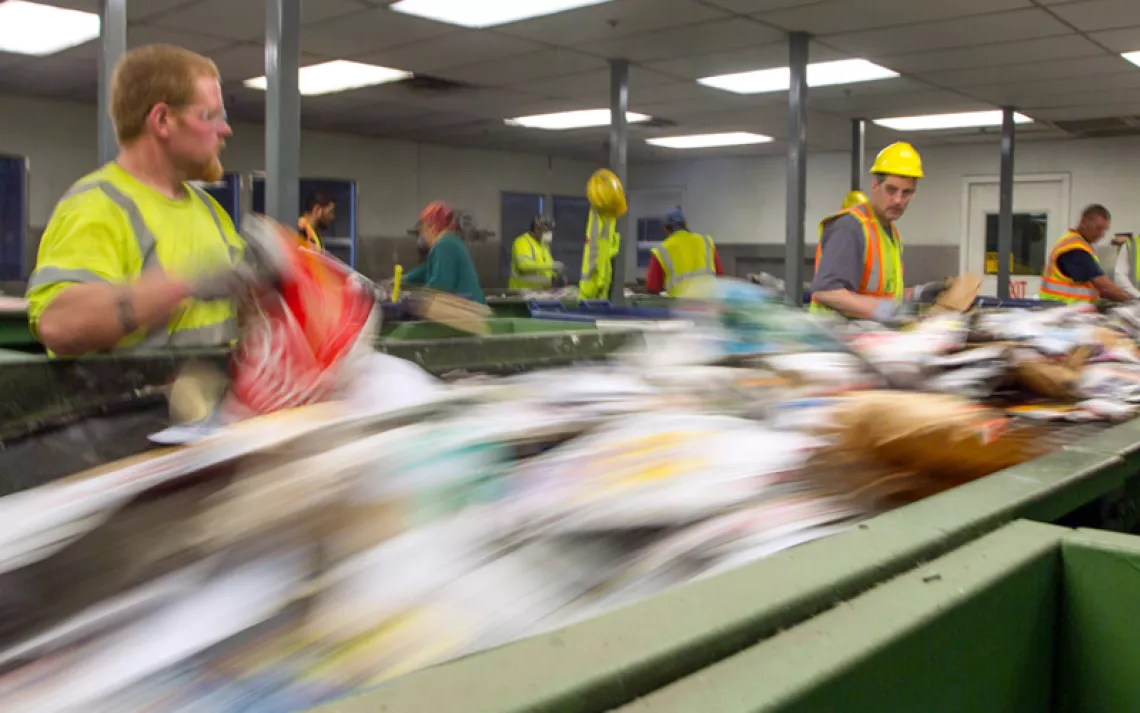Hey Mr. Green! Do Larger Containers Reduce Packaging Waste?
Mr. Green dusts off his pocket calculator
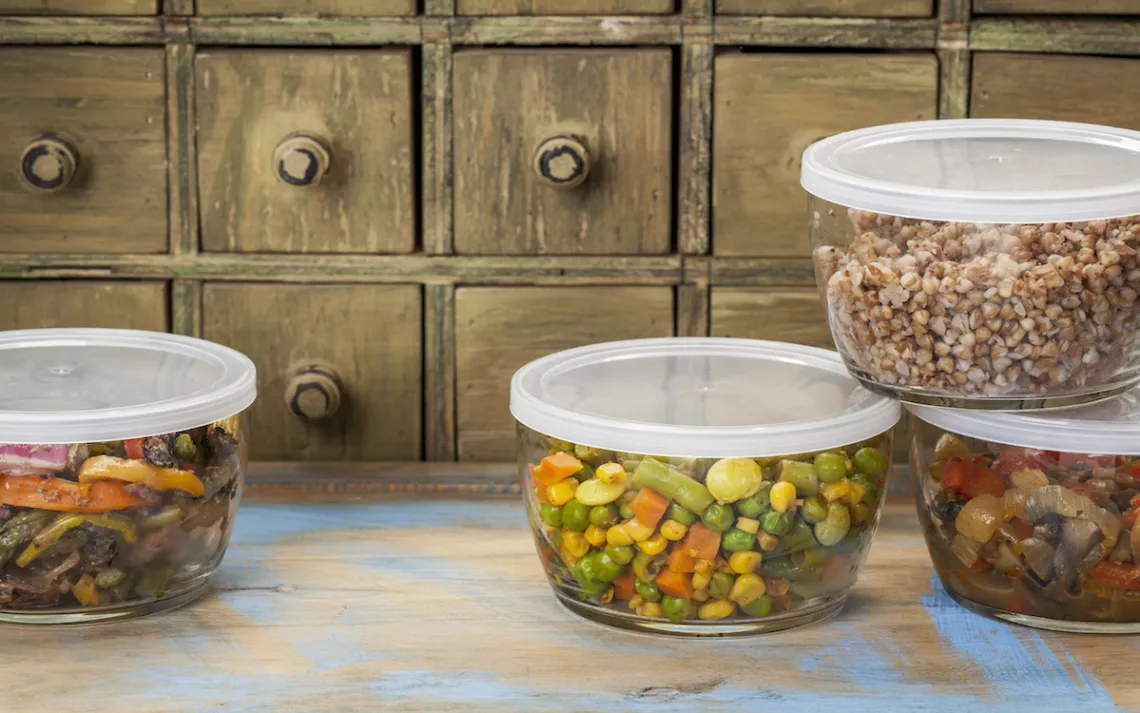
Photo by marekuliasz/iStock
Q: My wife has drafted our household into a campaign to reduce the plastic packaging we consume. However, some decisions are not straightforward. Conventional wisdom suggests that purchasing the largest size available reduces packaging waste. I counter that unless the container shape is different, it takes just as much container material per volume of product in a large size as in multiples of a small size. Any words of guidance? And is it better to select a product in glass containers and skip the plastic debate altogether? What if glass can't get recycled? What about the increased shipping weight and energy for transportation?
—Peter in Santa Fe
A: I have to side with conventional wisdom for a change: Size does matter, at least when it comes to containers of the same shape but different volume. The math confirms this eternal truth. Compare, say, two cylindrical containers, one that holds 32 ounces (a quart) and another holding eight ounces (a cup) that have the same shape, i.e., the same ratio of diameter to height. To match the volume of the quart-size container, you’ll need four of the smaller, cup-capacity ones, and they’ll require about 60 percent more plastic to hold as much as the one big container. This is because there is not a constant ratio of surface area to volume.
But, as is often the case in these fraught environmental questions, there’s a wild card, one related to how fast you guys slurp down your yogurt or soymilk or whatever. If the stuff goes bad because it sits too long in the bigger container, and you wind up throwing it out, then you’re contributing to the 38 million tons of wasted food thrown away in the United States every year, which also emits a lot global warming methane from the dump during its post-interment decay.
As for the comparative virtues of plastic and glass, there are so many variables that it’s difficult to reach a firm conclusion about their respective impacts. Even when you look at the carbon footprint only, it’s complicated—there are different kinds of plastic, different container shapes and sizes, different recycling rates for both glass and plastic, and different energy and raw material sources, to name but a few of the factors involved. Further complicating matters is the fact that a lot more glass gets turned back into containers, whereas a lot of recycled plastic doesn’t wind up in containers but is reprocessed and used in synthetic fibers.
The carbon footprint for transportation of raw materials and finished materials is not a large portion of the total energy consumed but does account for around 10 percent with glass, compared to 2 percent for plastic. Some studies conclude that plastic is responsible for less global warming gases, while others favor glass. If you are not able to recycle glass, then plastic is probably better, at least regarding the carbon footprint. One thing is certain: Returning, cleaning, and reusing glass containers has vastly less impact than either recycling or throwing away any containers.
 The Magazine of The Sierra Club
The Magazine of The Sierra Club
